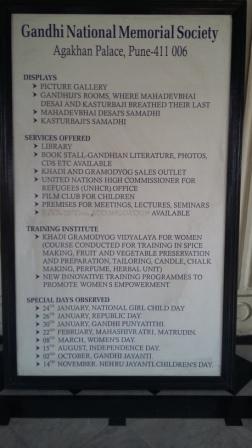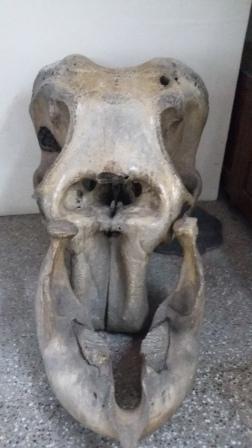
In Pune every Punekar has a deep faith on either Sarasbaug Ganapati or Dagadusheth Halawai Ganapati. Every age group has a reason to visit this place. There are regular morning walkers, children, youngsters, women just everyone.
Sarasbaug is located on Bajirao Road very near to Swargate, one of the major bus stands of Pune. It is very close to Nehru Cricket stadium.
There is a parking area just opposite the temple. An overbridge connects the parking area with the garden. From this overbridge you can get a beautiful view of Parvati hills.

On entering the garden you need to climb down few steps. You will see a small artificial waterall . Nice spot for clicking photos.

From here you may head straight to the temple. On the temple foot steps we saw an artist drawing Ganesha picture by using different names. There is also an artist who makes small Ganapati idols using Areca nuts(Supari). Don’t forget to take one with you on your way back as a souvenir or blessing what ever you may call it.

History of this place:
Shimant Nanasaheb Peshwe started Devdeveshwar Sansthan as per the orders of his mother Kashibai. In the year 1750 during his tenure he gave orders to construct an artificial lake along the Ambil stream near the Parvati foothills. While creating the lake 25000 square feet island was kept to construct temple and garden later.

Shrimant Nanasaheb Peshwe
This lake was used for boating. This lake was also used by Peshwas for secret discussions and meetings and the person who used to row the boat was usually Habashi (African negro) who was not able to understand a single word of Local Marathi
Language.

Sawai Madhavrao Peshwe and Mahadaji Shinde
Later Shrimant Sawai Madhavrao Peshwe constructed a small temple on the island in the year 1784 and installed Siddhivinayak Ganesh idol there. He gave a very poetic name to it Sarasbaug which reminds us of beautiful Saras birds a type of crane, frequently mentioned in Sanskrit literature.

Sawai Madhavrao Peshwe Darbar (1790)
In the year 1966 Pune Municipal Corporation developed a park in the place of lake. This temple is popularly known as Talyatla Ganapati ( Ganesha in the Lake)
The temple is beautiful and airy. The marble flooring and red columns make the temple look fascinating. Lanterns surrounding the temple enhance its beauty. Inside the temple Ganesh Stotra (Atharvshirsh and Falashruti) is inscribed.
Like the other temples you won’t normally find long queues here except on Major celebration days like Ganesh Jayanti and Sankashti Chaturthi. So normally darshan is very peaceful and no pushing and rushing required.

At 5:30 AM daily Panchamrut Pooja is done. Snan of Ganesha idol and decoration with beautiful flowers takes place. This decoration is done in front of the devotees and then Sansthan aarti takes place. After that around 6:40 AM devotees do aarti in chorus.Evening aarti takes place at 7:15 PM which is performed by a group of devotees.
They also arrange beautiful musical programs during various auspicious days.

Maghi Ganesh Jayanti Program
Just behind the temple there is a collection of various Ganesha idols on display. Earlier there used to be a nominal charge for visiting this display but now it is completely free.
It is a great visiting place. It has a huge garden. Children enjoy playing and running in the vast expanses of this garden. Children can enjoy themselves by buying colourful balls just for Rs.20 and playing them. The lake, though not very clean provides the right environment for aqua life. Please avoid throwing any food items in the water or don’t try to feed the fish.

Adjacent to Sarasbaug is Peshwe Park Urja Udyan which has a collection adventure games.
I remember going to Sarasbaug for celebrating full moon night (Kojagiri). It was a great experience.

We always blame the government for not cleaning public places unfortunately we are the ones creating lot of garbage, throwing the wrappers of balls, plastic bottles, unfinished food items, papers etc on the lawn and making the place inelegant. It really feels bad. Every evening you get to see this garbage picture in Sarasbaug though they have kept dustbeens at every 5 metres distance.But one very good thing is when you visit the place next morning its completely clean. Thanks a lot to these cleaners and sweepers. Wish we could learn something from them.

I remember visiting this temple every year during Diwali on Narakchaturdashi day. We used to get ready and wear new clothes and head straight to the temple early morning. The atmosphere used to be not just holy but it was a simple bliss.
Every visit to Sarasbaug leaves us calm yet energetic for rest of the routine.

Quick facts:
Open from 5.30 AM to 9:00PM
Location : Near Swargate bus depot and Nehru stadium.
Entry : Free
Parking : Limited parking space available opposite the temple.( Best way to visit will be to catch an auto from your place and visit it)

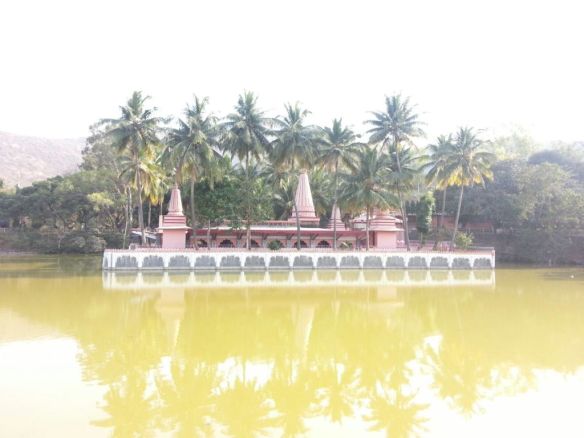


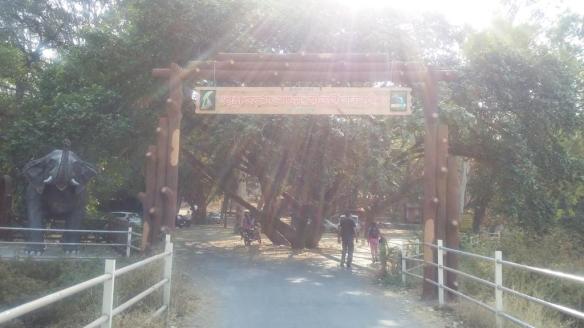

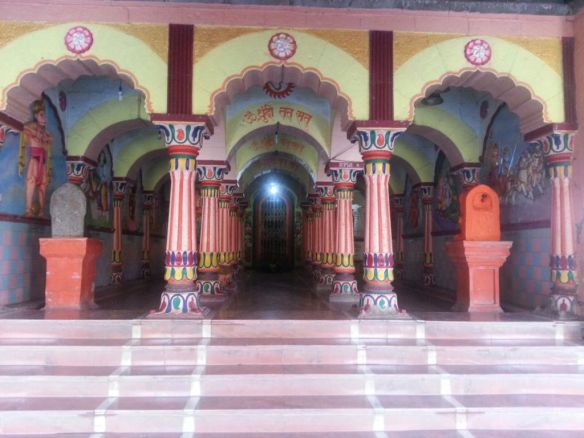



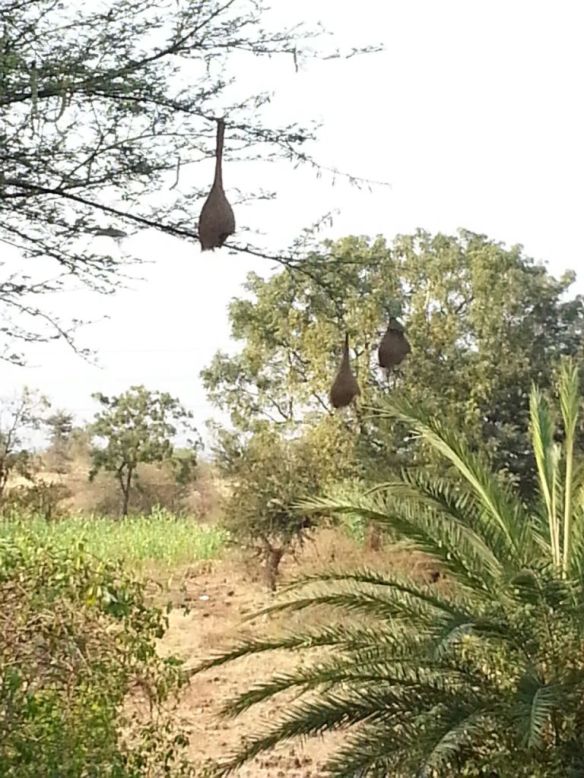

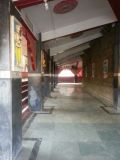
 History of this place:
History of this place:








